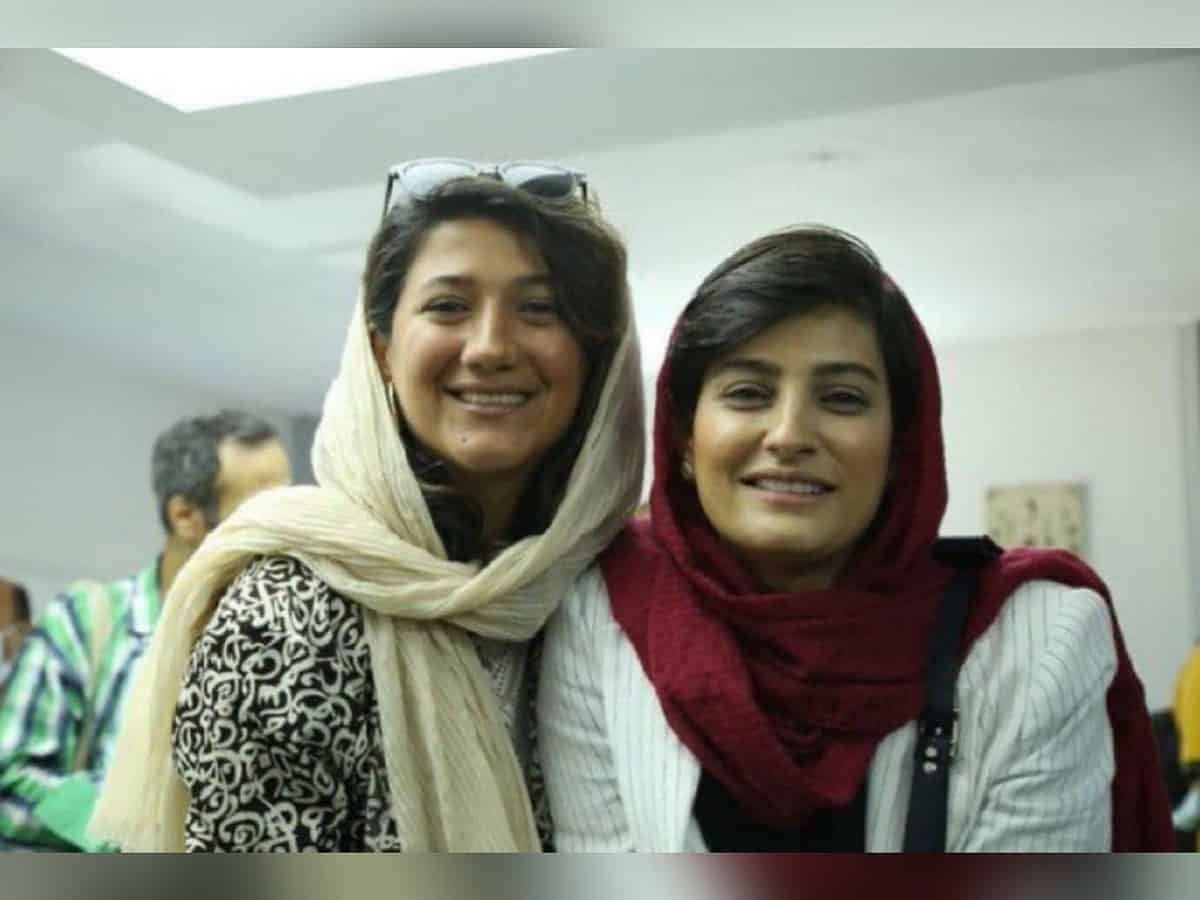
Tehran: More than 300 Iranian journalists on Sunday demanded the release of two female colleagues imprisoned for their coverage of the death of the 22-year-old Mahsa Amini in police custody, local media reported.
They signed a statement published in Iran’s Etemad newspaper and other newspapers, accusing the authorities of arresting journalists and “stripping them of their civil rights.”
Nilofar Hamidi had taken a picture of Amini’s parents embracing in a Tehran hospital, where their daughter was lying in a coma.
The picture, which Hamidi published on Twitter, was the first alarm to the world that something was wrong with Amini, who had been arrested by the morality police three days earlier, for allegedly wearing hijab improperly.
As for Elahe Mohammadi, she covered Amini’s funeral in the Kurdish city of Saqqaz, her hometown, where the protests began.
A joint statement from Iran’s intelligence ministry and the revolutionary guards’ intelligence on Friday accused Hamidi and Mohammadi of being CIA agents.
The statement accused the two arrested women of being “main sources of news for foreign media” and claimed that the nationwide protests were launched by the US Central Intelligence Agency and Israel’s Mossad as a pre-planned operation, Reuters reported.
Iranian students defy revolutionary guards
Separate regions of Iran witnessed protests accompanied by violent clashes between student demonstrators and security forces, on Sunday, October 30, 2022, in a more severe escalation since the start of the popular movement; after the death of Mahsa Amini.
Video clips circulated by dozens on social media, showing crowds of protesters and university students demonstrating despite the revolutionary fuards’ warnings, Saturday, October 29, for the demonstrators not to go out to the streets, while Guard Commander Hossein Salami said that Saturday will be “the last day they go out ( protesters) to the streets.
Scenes of clashes in Sunday’s demonstrations indicate that weeks of protests in Iran “entered a more violent phase” on Sunday, according to Reuters, as students defied the revolutionary guards’ warning and faced tear gas, beatings and gunfire from riot police and Basij forces.
The confrontations that erupted in dozens of universities raise the risk of intensifying the crackdown launched by the authorities in the face of the protests that have been going on for seven weeks.
Public anger over Amini’s death on September 16 escalated into one of the most difficult challenges the country’s religious leadership has faced since the 1979 revolution, as demonstrators chanted “Death” to Supreme Leader Ayatollah Ali Khamenei.
Female students and women played a prominent role in the protests, burning their headscarves as crowds demanded the fall of the Islamic Republic, which came to power in 1979.
Arrests and the death toll increase
Hrana news agency, which deals with human rights in Iran, said 283 protesters had been killed in the unrest as of Saturday, October 29, including 44 minors. Some 34 members of the security forces were also killed.
The agency added that more than 14,000 people, including 253 students, were arrested in protests in 132 cities and towns and 122 universities.



